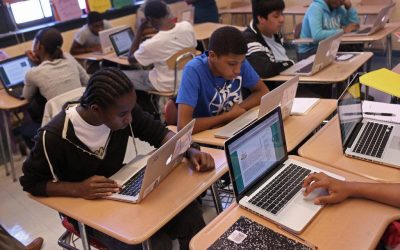Teaching children to love reading requires methodology, focus, patience, and time. There is no ‘silver bullet’ to the African education crises.
One of the core elements required to improve results is active and engaged parenting. As African parents we do not take the time to read with our children, and often only review the results on report day. If they are satisfactory, we do not interrogate further, if they are short of meeting the standard, we rant for a day.
Anyone who has raised a child will tell you children learn how to do things at vastly different speeds. From walking, to talking, to stacking blocks, children learn differently; we should honour and respect their differences.
Instant gratification is a major challenge to the education system today, it makes both parents and learners anxious. Children have an inbuilt internal clock that determines their learning pace. In the classroom setting some of these internal clocks synchronise. With an average of 60% of learners moving at the same pace, the teacher continues, with 40% of the learners still operating at their natural pace. Before learners complete Grade 12 we have lost 40% of our learners to methodology.
At this stage learners with fast paced clocks and learners with slower paced clocks are no-longer actively engaged in mastering their skills. In the classroom we see the results of this, learners with fast paced clocks tend to become disruptive needing more attention than the group. While learners with slow paced clocks withdraw or doodle and put themselves in a self-imposed timeout. Both behaviours are attention seeking behaviours. Learner pace has very little to do with ability. Many learners are able, but different learners require different stimuli. Teachers can identify the pace, but with large classroom volumes are unable to support the needs of these learners.
As a parent it is critical to understand how your child fits in the classroom setting, in order to ascertain the best way to support them. When their natural biological setting operates at a different pace, help your child engage with the process of understanding what their personal preference is.
As parents we often struggle to balance the home schedule, which gives children the impression that structured learning only takes place at school. It is very important when building a scaffolding for life-long learning to make home a place of learning too. The continuity decreases the child’s anxiety and improves curiosity. Questions that they might have been afraid to ask in class can be asked at home, in a more comfortable setting.
We – the adults – need to become a Nation of readers. We need to write articles, books and discuss researched opinion on how to support our young nation. We need to breathe life into the education agenda from within our households.








